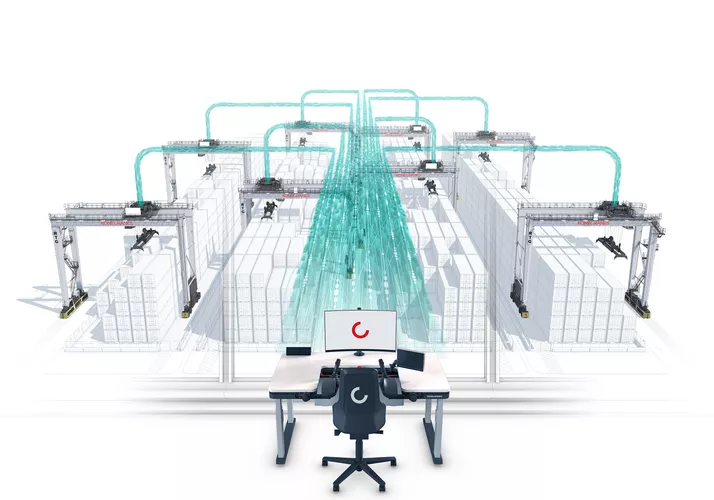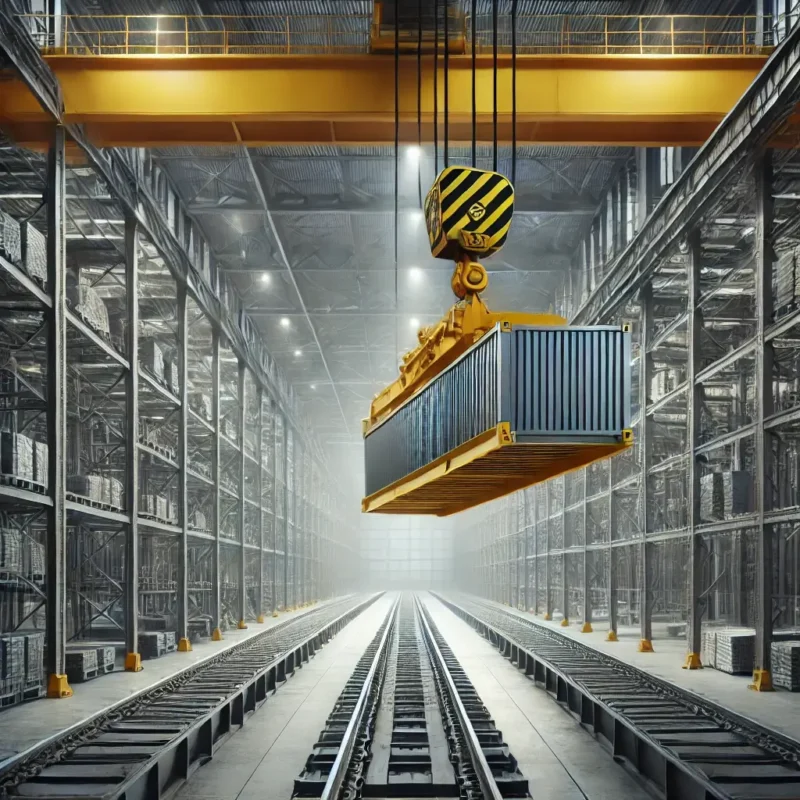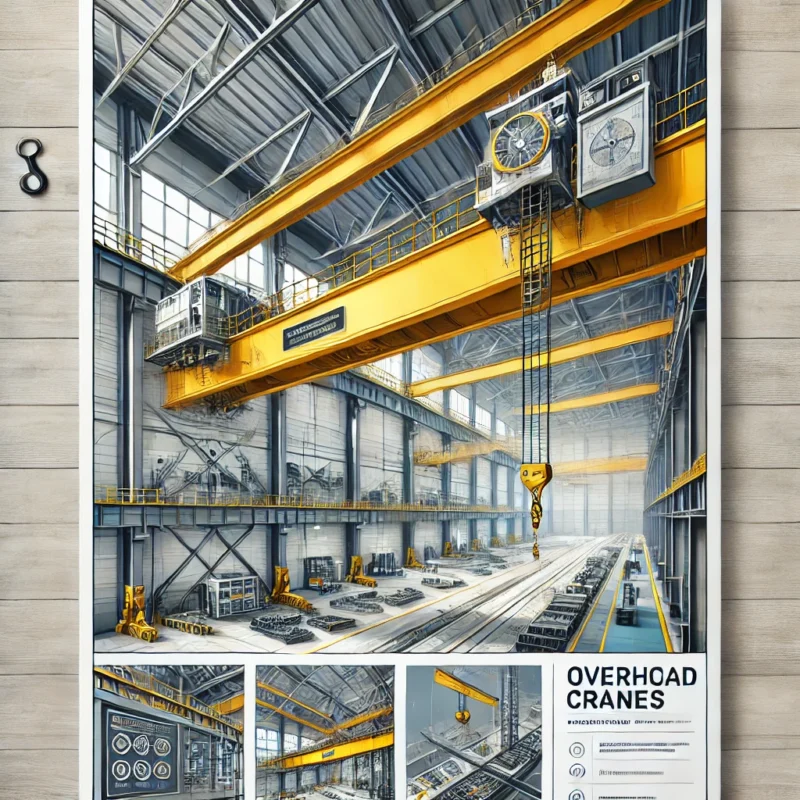Challenges of using cranes are a significant concern in various industries. These essential tools, widely used in construction, warehousing, and manufacturing, play a critical role in boosting productivity. However, improper maintenance or insufficient training can lead to serious issues. This article explores the most common challenges of using cranes and provides effective solutions to address them.
Mechanical Failures
Components such as wheels, bearings, and cables can wear out or fail due to continuous use or poor maintenance. These issues can cause work interruptions and decrease efficiency.
Solution:
- Implement a regular preventive maintenance plan.
- Use high-quality, durable spare parts.
- Replace critical components periodically to avoid unexpected failures.
Control System Issues
Control systems in cranes may malfunction due to signal disruptions or electrical problems. Such failures can compromise safety and cause project delays.
Solution:
- Conduct periodic inspections of the control system and wiring.
- Upgrade to modern, reliable control technologies such as remote controls.
- Replace outdated equipment with advanced systems to enhance reliability.
Overloading Challenges of using cranes
Overloading is another critical challenge of using cranes. Carrying loads beyond the crane’s capacity can lead to severe risks, including cable failure and load drops.
Solution:
- Install load sensors to alert operators in case of overloading.
- Train users on the crane’s permissible capacity.
- Document operations to prevent repetitive mistakes.
Environmental Challenges
Environmental conditions such as strong winds, high humidity, or extreme temperatures can negatively impact crane performance.
Solution:
- Use cranes designed for harsh environmental conditions.
- Conduct regular inspections to ensure the crane is in optimal condition.
- Protect sensitive components from environmental damage.
Insufficient User Training
Incorrect usage can lead to serious accidents and damage.
Solution:
- Organize regular training sessions for operators.
- Provide clear and straightforward instructions for safe usage.
- Implement performance evaluations to ensure adherence to safety standards.
Conclusion
The challenges of using cranes can be minimized with proper planning, advanced technologies, and adequate training. Crane Kala offers specialized services, high-quality parts, and professional technical solutions to help industries overcome these challenges. For more information and consultations, feel free to contact us.




 جرثقیل ها
جرثقیل ها جرثقیل سقفی
جرثقیل سقفی جرثقیلهای دروازهای
جرثقیلهای دروازهای بالابر
بالابر متعلقات جرثقیل
متعلقات جرثقیل قطعات یدکی جرثقیل
قطعات یدکی جرثقیل ریموت کنترل SAGA
ریموت کنترل SAGA ریموت کنترل TELECRANE
ریموت کنترل TELECRANE ریموت کنترل HBC
ریموت کنترل HBC قطعات یدکی ریموت کنترل
قطعات یدکی ریموت کنترل قطعات یدکی ریموت HBC
قطعات یدکی ریموت HBC
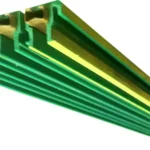 خطوط برقرسانی
خطوط برقرسانی سی ریل و قرقره
سی ریل و قرقره کابل جمعکن جرثقیل
کابل جمعکن جرثقیل جاروبک
جاروبک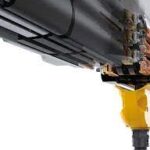 قطعات سیستم برق رسانی
قطعات سیستم برق رسانی




